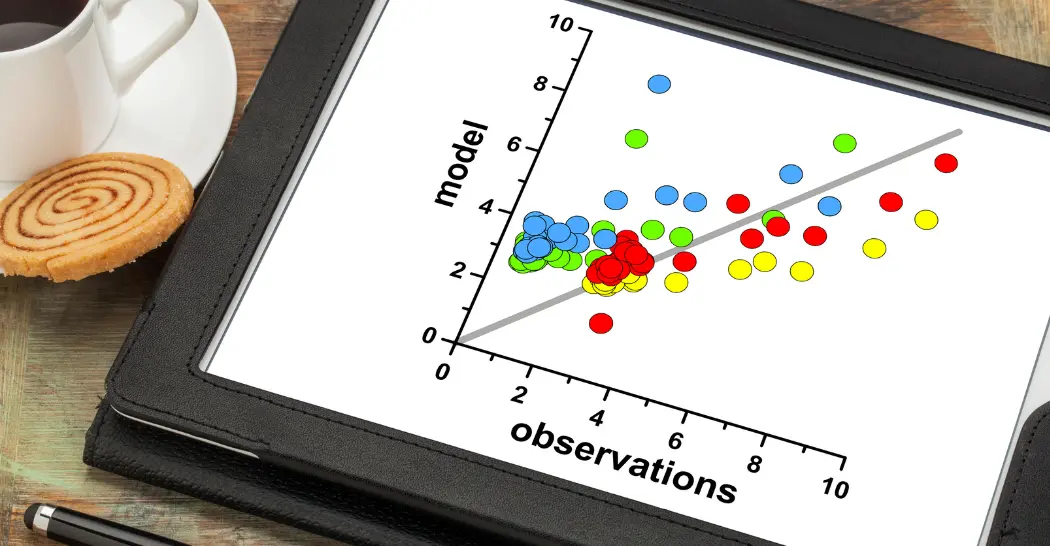Scientific observations are systematic and objective data collection processes that aim to gather information about the natural world. These observations serve as the foundation for scientific research and contribute to the development of theories and understanding of various phenomena. Scientific observations can be broadly categorized into two main types: qualitative observations and quantitative observations.
Qualitative Observations
Qualitative observations involve the subjective characteristics of a phenomenon. They are descriptive in nature and often involve the use of the five senses (sight, sound, touch, taste, and smell) to gather information.
Examples:
Color, texture, shape, odor, taste, sound, behavior, and other non-numeric attributes fall under qualitative observations. For instance, describing the color of a flower, the texture of a material, or the behavior of an organism are qualitative observations.
Quantitative Observations
Quantitative observations involve numerical data and measurements. These observations are more objective and precise, as they provide quantifiable information about the quantity, size, distance, or any other measurable aspect of a phenomenon.
Examples:
Length, mass, volume, temperature, time, and other measurable quantities are part of quantitative observations. For example, measuring the temperature of a substance, determining the length of an object, or weighing an item are quantitative observations.
In many scientific investigations, both qualitative and quantitative observations are used to provide a comprehensive understanding of a particular phenomenon. Qualitative observations often provide context and descriptive details, while quantitative observations offer precise numerical data that can be analyzed statistically. The combination of these two types of observations contributes to a more complete and robust scientific understanding of the subject under study.
Difference between Qualitative and Quantitative Observations
| Characteristic | Qualitative Observations | Quantitative Observations |
|---|---|---|
| Nature | Descriptive and subjective | Numerical and objective |
| Type of Information | Non-numeric attributes | Numeric measurements |
| Examples | Color, texture, shape, behavior | Length, mass, volume, temperature, time |
| Precision | Less precise | More precise |
| Measurement Tools | Relies on senses and descriptions | Relies on instruments and measurements |
| Subjectivity | Subjective, influenced by observer | Objective, less influenced by observer |
| Data Analysis | Often analyzed qualitatively | Analyzed quantitatively |
| Communication of Findings | Descriptive language | Numerical values and statistical analysis |
| Reproducibility | May be more challenging to replicate | Easier to replicate with precise methods |
| Hypothesis Testing | Often leads to qualitative hypotheses | Often leads to quantitative hypotheses |
It’s important to note that these distinctions are not strict, and there can be instances where qualitative and quantitative observations are used together to provide a more comprehensive understanding of a phenomenon. For Example, in evaluating a new educational program, qualitative observations involved interviews and classroom observations to gather insights on student engagement and satisfaction. Quantitative observations included pre- and post-program assessments, as well as surveys with numerical scales, providing measurable data on academic performance and other quantifiable aspects. This mixed-methods approach allowed for a comprehensive assessment, combining subjective experiences from qualitative observations with statistically analyzable data from quantitative observations to gauge the program’s effectiveness.
The choice between qualitative and quantitative methods often depends on the nature of the research question and the specific goals of the investigation.



[…] Scientific observations are systematic and objective data collection processes that aim to gather information about the natural world. These observations serve as the foundation for scientific research and contribute to the development of theories and understanding of various phenomena. Scientific observations can be broadly categorized into two main types: qualitative observations and quantitative observations. […]
[…] Scientific observations are systematic and objective data collection processes that aim to gather information about the natural world. These observations serve as the foundation for scientific research and contribute to the development of theories and understanding of various phenomena. Scientific observations can be broadly categorized into two main types: qualitative observations and quantitative observations. […]